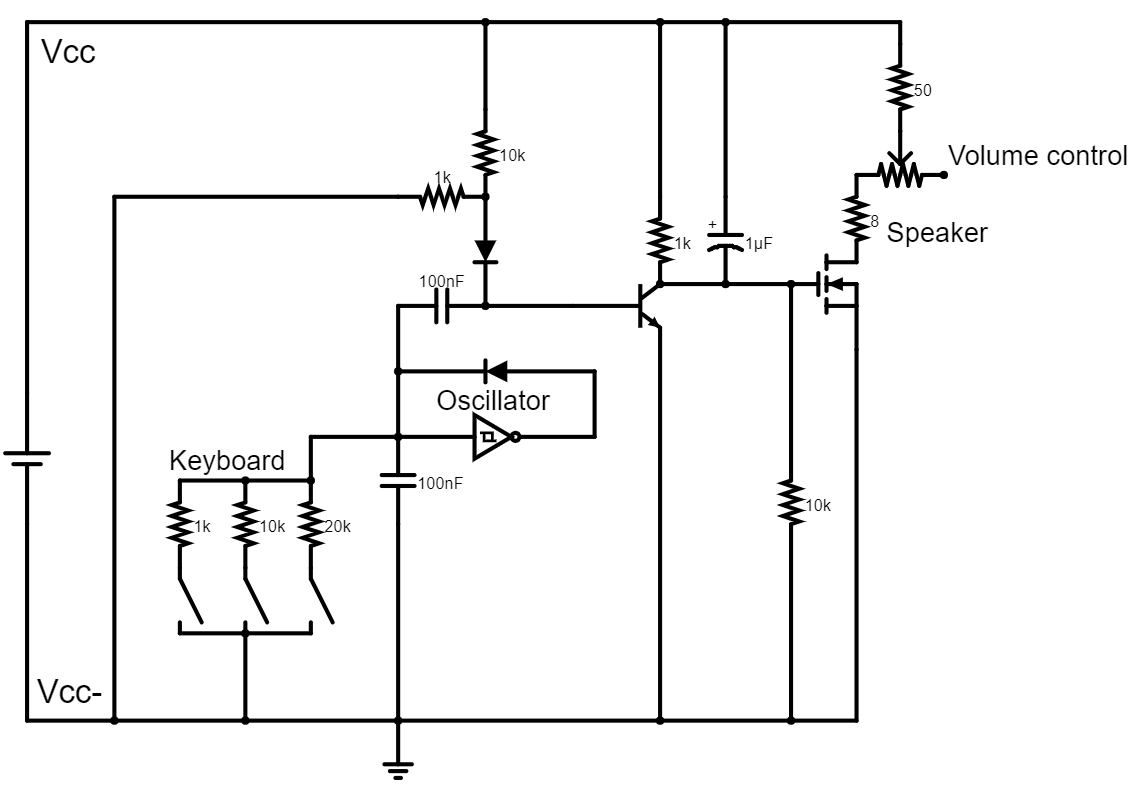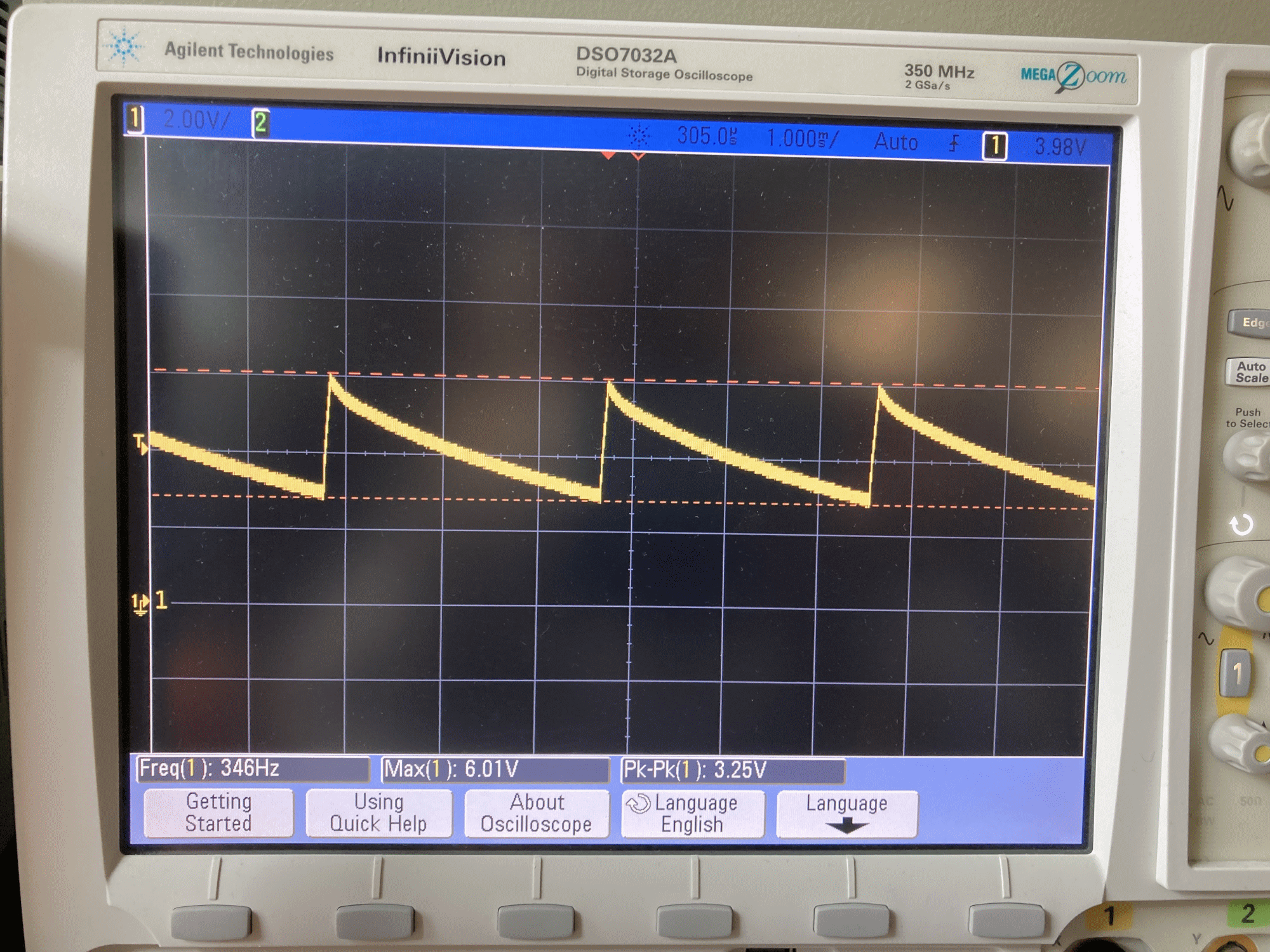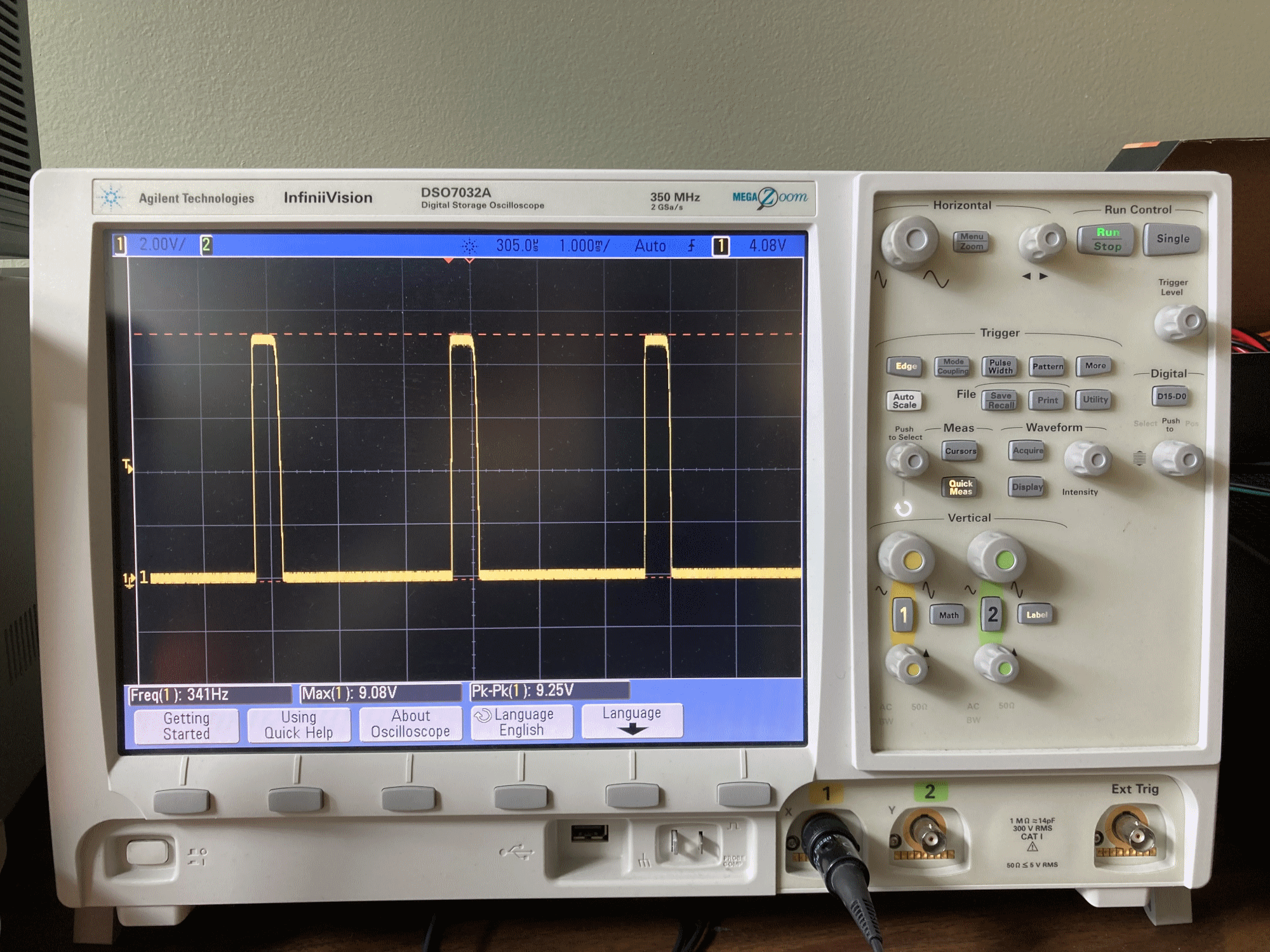I am a college level electrical physics student (and so I do not have a lot of knowledge on the topic of electronics) and I am in the midst of writing a report on a project that was done throughout this session.
The project was the conception of a synthesizer, which I did pretty much by myself (I used some videos, manuals and other as sources). I ended up being able to build a functional synthesizer on a breadboard, and everything was working fine.
Now that I am writing the report, the teacher asked me to provide a functional simulation for the circuit, and so I tried doing just that. At first, I used Falstad, and was not able to create a functional simulation, for some reason the software did not specify (so I have no clue why the Falstad simulation does not work). Next, I tried using Tinkercad, and again, it didn't work. This time though, the software provided me with an explanation as to why the simulation didn't work, but I wasn't able to make sense of it.
Hence why I am here, asking for help in order to make a working simulation of the circuit. I want to know if I am simply making a stupid mistake or if it's actually a circuit that is hard to simulate using those software (In which case I will simply report to my teacher that simulating the circuit was impossible).
Here is the circuit diagram, made in Falstad (the first simulation that ended up not working:
 Note: the 1k resistor that is connected to the collector of the first transistor is actually 100 ohm.
Note: the 1k resistor that is connected to the collector of the first transistor is actually 100 ohm.
Here is the Tinkercad simulation that also doesn't work:
(here i didn't use the CD40106B since it is not available on the software)
Link to the Tinkercad simulation

Here is the actual working circuit, built on a breadboard
 The wires that are not connected to anything are:
The wires that are not connected to anything are:
- 1 red and black for power supply
- 1 red and black for the speaker
- one black for the oscilloscope probe used
- 2 green (on the keyboard) to plug in the keyboard.
The electrical components used are
- CD40106B CMOS Hex Schmitt-Trigger Inverters
- 2N3904 BPJ NPN transistor
- IRF510 nMOSFET transistor (I think that this is the full name?)
- The speaker's label was erased but I know that it's a 100W with 8 Ohm entry impedance.
- 10k Ohm potentiometer for the volume
- A 5W 50 ohm resistor (supports higher currents)
For the values of other parts, I think I've written everything on the circuit diagram. I didn't put all of the potentiometers from the keyboard since I don't know the exact value; they are tuned for a specific note. They vary from 1k to 20k.
As can be seen on the Tinkercad simulation, there are also (ideally) a few oscilloscope screen that I would like to show. This is what they look like when I use the physical oscilloscope with the breadboard circuit:
 OscilloscopeOscillator out (connected to the input pin of the inverting schmitt trigger)
OscilloscopeOscillator out (connected to the input pin of the inverting schmitt trigger)
 transistor base out(current and voltage that flows into transistor base)
transistor base out(current and voltage that flows into transistor base)
 transistor out (collector) (this one is taken in the same place as the next oscilloscope screen but without the polarized capacitor.
transistor out (collector) (this one is taken in the same place as the next oscilloscope screen but without the polarized capacitor.


